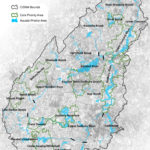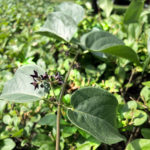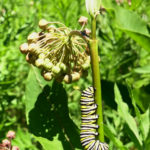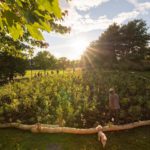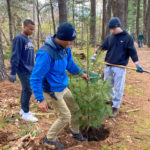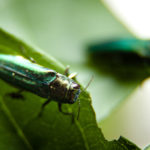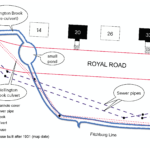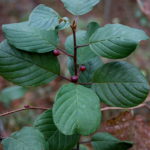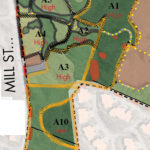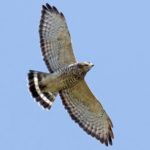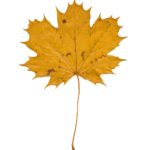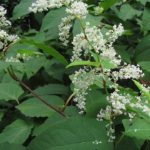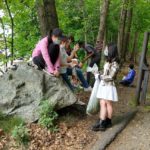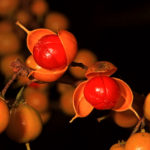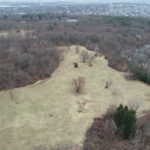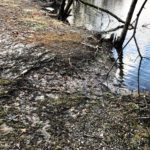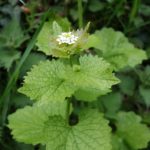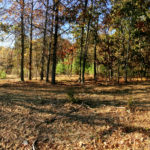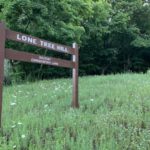
By Dean Hickman and Leonard Katz Between Pleasant Street and Trapelo Road to the south, Concord Avenue to the north, and Mill Street to the west, Lone Tree Hill wraps around McLean Hospital and sits above Belmont, providing us with a peaceful and secluded mix of woods and meadows where we can escape the hustle and bustle of suburban life down below. It is also Belmont’s gateway to Rock Meadow on the other side of Mill Street as well as to the more secluded trails of the Western Greenway which head west into neighboring Waltham and Lexington. Anyone looking for [READ MORE]


